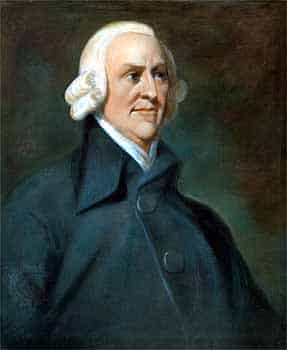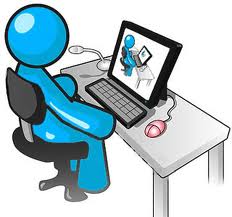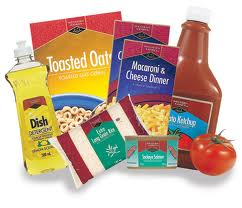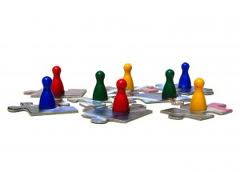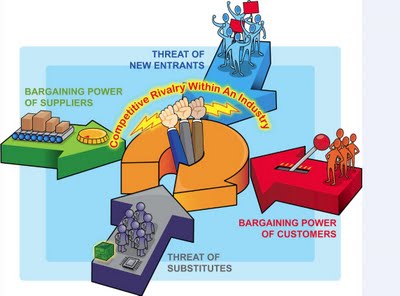Competition in a Free Market
– North Americans live in a free market society – In a free market, businesses can make a profit, which means that successful business people can keep some of the money that they make – Profit drives business; the more successful a business becomes, the more profit the owner keeps – Profits may be reinvested…




